A unit commonly used to calculate fuel flow consumption is ? [ Mandatory security ]
Question 42-1 : Kg/h h/kg kg/m3 lb/m3
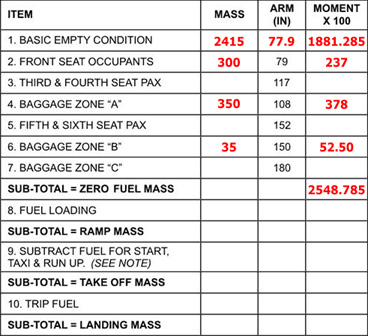 Kg/h.
Kg/h. The pressure is measured by ?
Question 42-2 : A force per unit area a force on a volume a volume on a force a volume per unit area
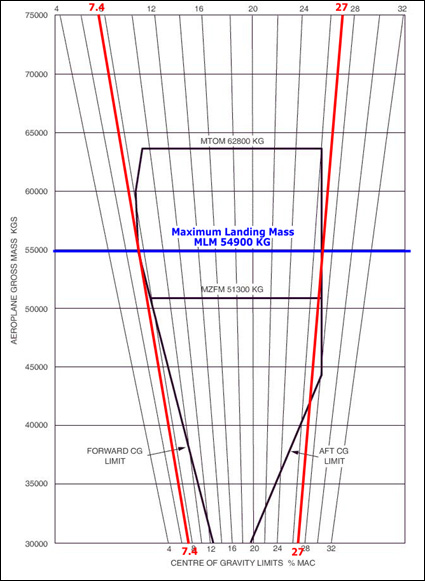 A force per unit area.
A force per unit area. Which of the following components converts heat into a mechanical movement ?
Question 42-3 : A bi metallic strip a thermo couple a resistance a spring
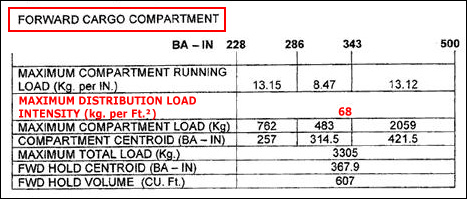 A bi-metallic strip.
A bi-metallic strip. A torque may be expressed in ?
Question 42-4 : N m n/m watt rpm
 N.m
N.m The different types of tachometers are .1 electrical.2 mechanical.3 ?
Question 42-5 : 1 2 3 1 2 1 3 2 3
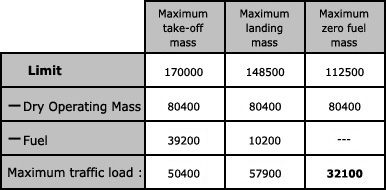 1, 2, 3.
1, 2, 3. By integrating a flow with respect to time we obtain ?
Question 42-6 : A volume or a mass a pressure the diameter of the line the cross section of the line
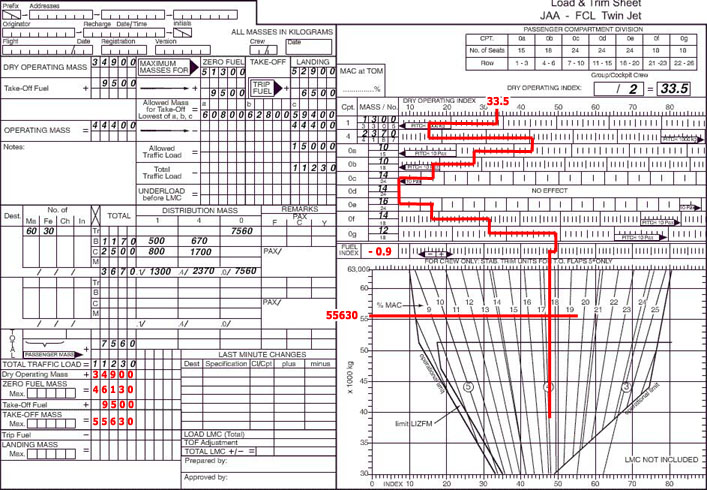 A volume or a mass.
A volume or a mass. On a multi engine aircraft a synchroscope provides ?
Question 42-7 : Qualitative indication of the difference in speed between the engines quantitative indication in rpm of the difference in speed between the engines qualitative indication of the difference in vibration between the engines quantitative indication in hz of the difference in speed between the engines
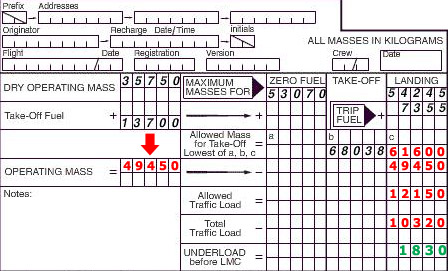 Qualitative indication of the difference in speed between the engines.
Qualitative indication of the difference in speed between the engines. The operating principle of an oil torque meter is .1 axial movement is ?
Question 42-8 : 1 is correct 2 is correct 1 is incorrect 2 is incorrect 1 is correct 2 is incorrect 1 is incorrect 2 is correct
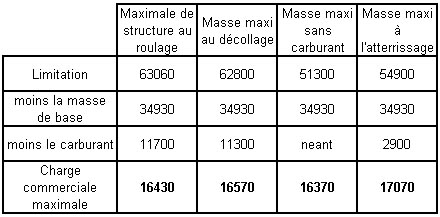 1 is correct, 2 is correct.
1 is correct, 2 is correct. On an twin engined aeroplane the synchroscope uses the following principle ?
Question 42-9 : It measures the frequency difference between the two engines driven alternators a piezoelectric sensor measures the vibrations on each engine it mathematically subtracts the rpm of both engines it mathematically subtracts the vibrations of both engines
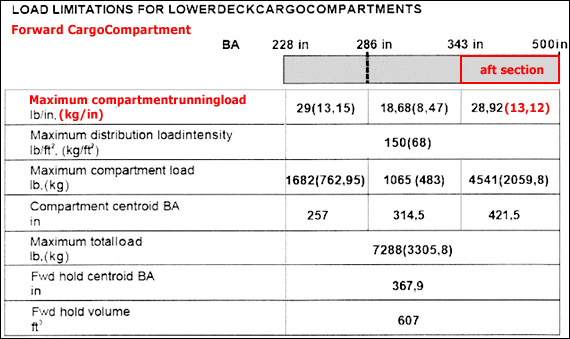 It measures the frequency difference between the two engines driven alternators.
It measures the frequency difference between the two engines driven alternators. An oil torque meter makes use of the followings phenomenon ?
Question 42-10 : Axial movement is generated when hellicaly cut gears are used to transfer power from one shaft to another as power is increased the torque shaft expands the torque shaft is connected to the engine only axial movement is generated when cylindricaly cut gears are used to transfer power from one shaft to another as power is increased the torque shaft twists the torque shaft is connected to both the engine and the propeller's reduction gear box
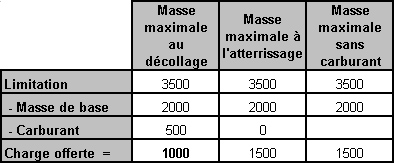 Axial movement is generated when hellicaly cut gears are used to transfer power from one shaft to another.
Axial movement is generated when hellicaly cut gears are used to transfer power from one shaft to another. On an electronic display unit the source of the vibrations sensed by an engine ?
Question 42-11 : Can be displayed n1 or n2 can be displayed only for n1 can be displayed only for n2 can not be displayed
On an electronic display unit the following n1 parameters can be displayed .1 ?
Question 42-12 : 1 2 3 1 1 3 2 3
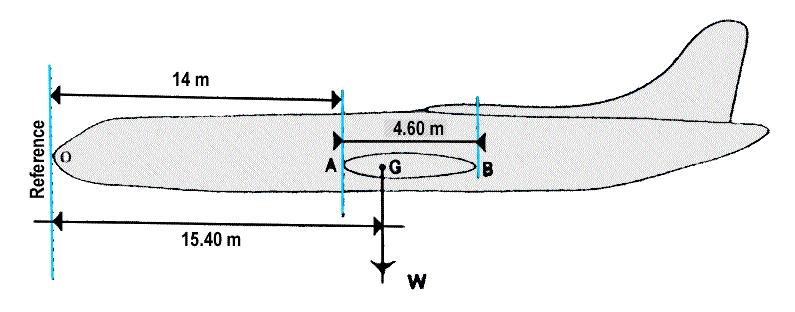 1, 2, 3.
1, 2, 3. On a n1 indicator the maximum n1 admissible ?
Question 42-13 : May be greater than 100% is 100% is always lower than 100% can not be reached
Concerning thrust measurement the n1 is defined as the ?
Question 42-14 : Low pressure shaft speed high pressure shaft speed egt epr
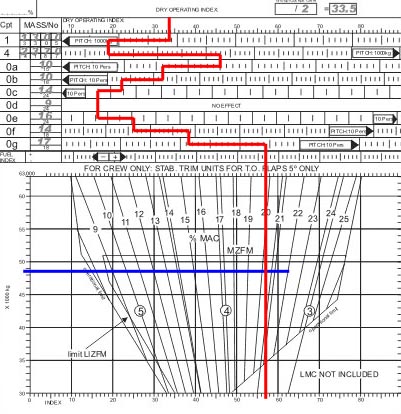 Low pressure shaft speed.
Low pressure shaft speed. Engine speed is most commonly displayed as a ?
Question 42-15 : Percentage of a maximum engine speed percentage of a minimum engine speed a pressure ratio fan rotation speed
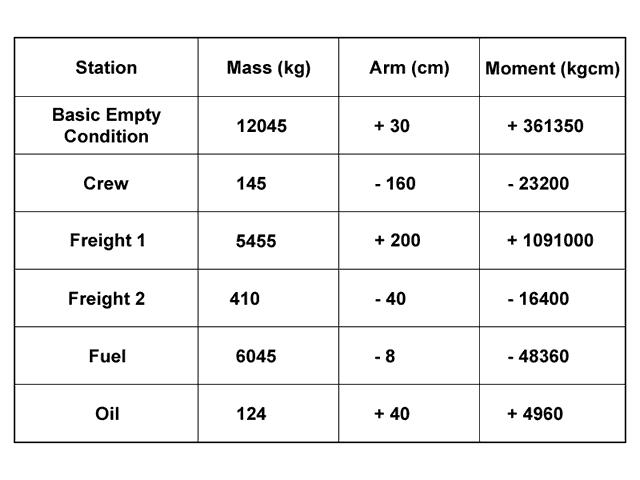 Percentage of a maximum engine speed.
Percentage of a maximum engine speed. A fuel flow meter is located ?
Question 42-16 : In the high pressure fuel line to the burners at the outlet of the high pressure fuel pump between the booster pump and the engine in the return line to the tanks
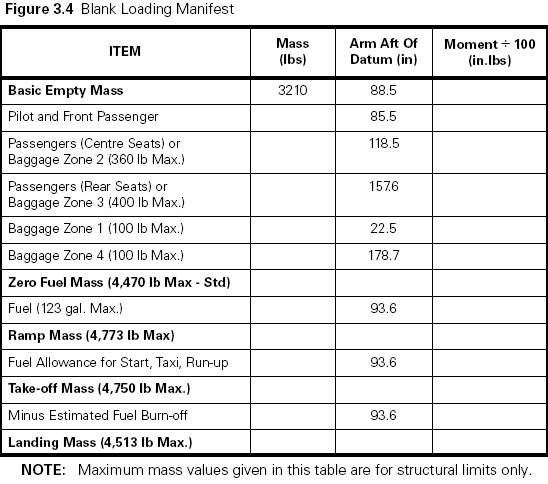 In the high pressure fuel line to the burners.
In the high pressure fuel line to the burners. Fuel flow can be expressed in .1 kg per m3.2 lb per m3.3 lb per hour.4 kg per ?
Question 42-17 : 3 4 1 2 1 4 2 3
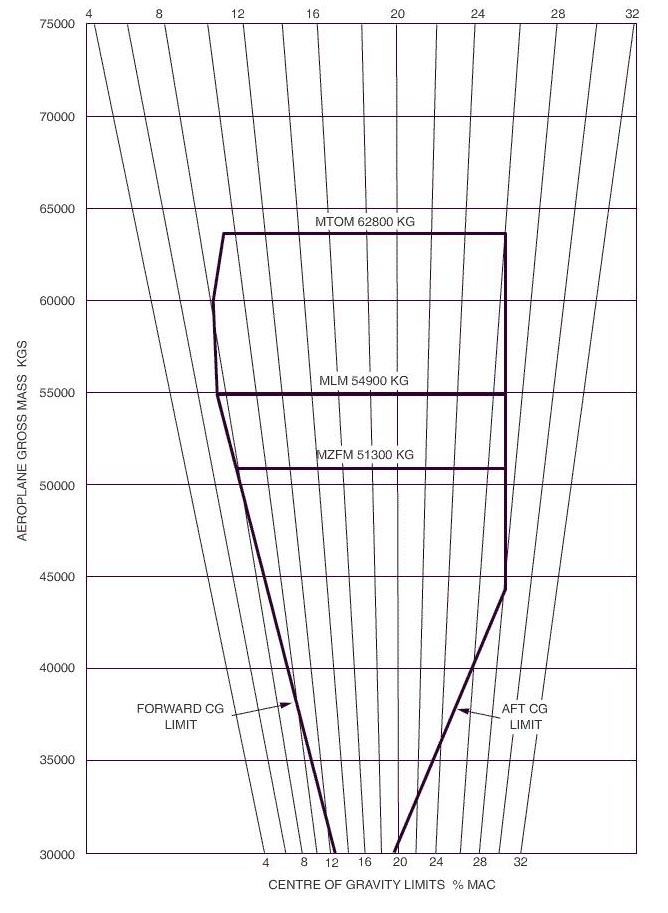 3, 4.
3, 4. Total fuel consumption is obtained by ?
Question 42-18 : Integrating the fuel flow with respect to time subtracting the initial fuel quantity from the remaining fuel integrating the fuel flow with respect to distance subtracting the remaining fuel from the initial fuel quantity
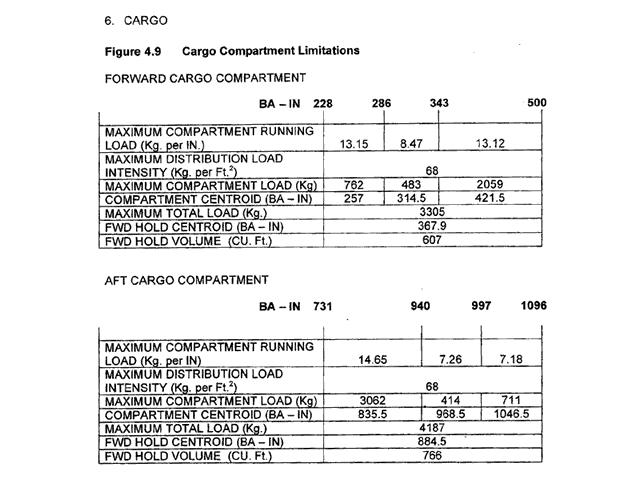 Integrating the fuel flow with respect to time.
Integrating the fuel flow with respect to time. Which of these statements about fuel quantity measurement are correct or ?
Question 42-19 : 1 is correct 2 is correct 1 is incorrect 2 is incorrect 1 is incorrect 2 is correct 1 is correct 2 is incorrect
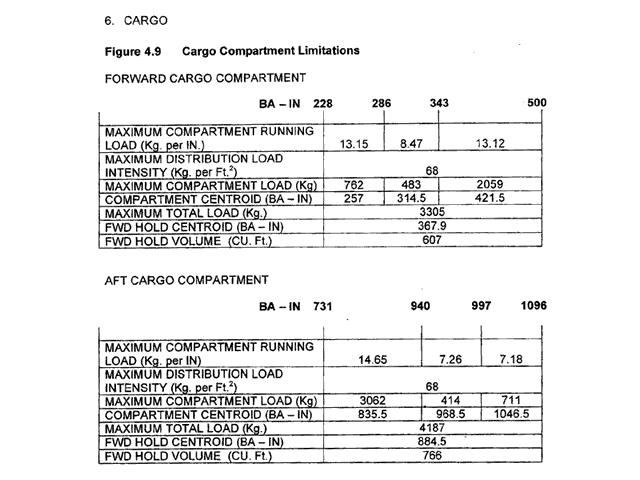 1 is correct, 2 is correct.
1 is correct, 2 is correct. Which of these statements about the fuel mass unit is correct ?
Question 42-20 : 1 t = 2200 lb 1 t = 2000 lb 1 t = 450 lb 1 t = 4500 lb
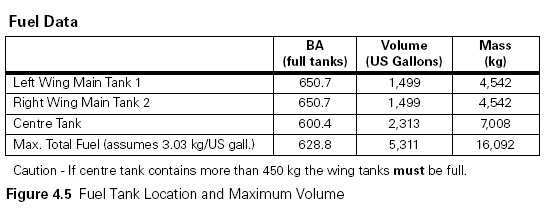 1 t = 2200 lb
1 t = 2200 lb Given .q = charge coulombs .u = potential difference between the plates volt ?
Question 42-21 : C = q / u c = u / q c = q x u c = u² / q
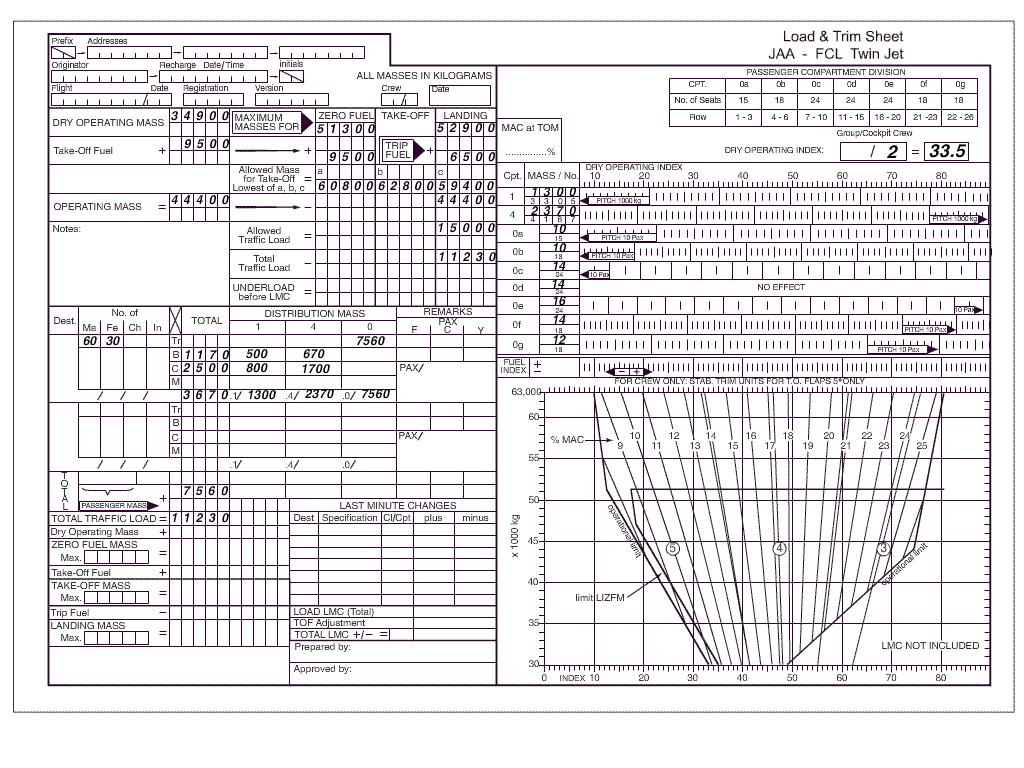 C = q / u
C = q / u The value shown by the indicator of a vibration monitoring system is 4 this is ?
Question 42-22 : A level of vibration without any unit 4 % 4 hz 4 % or 4 hz depending on the aircraft
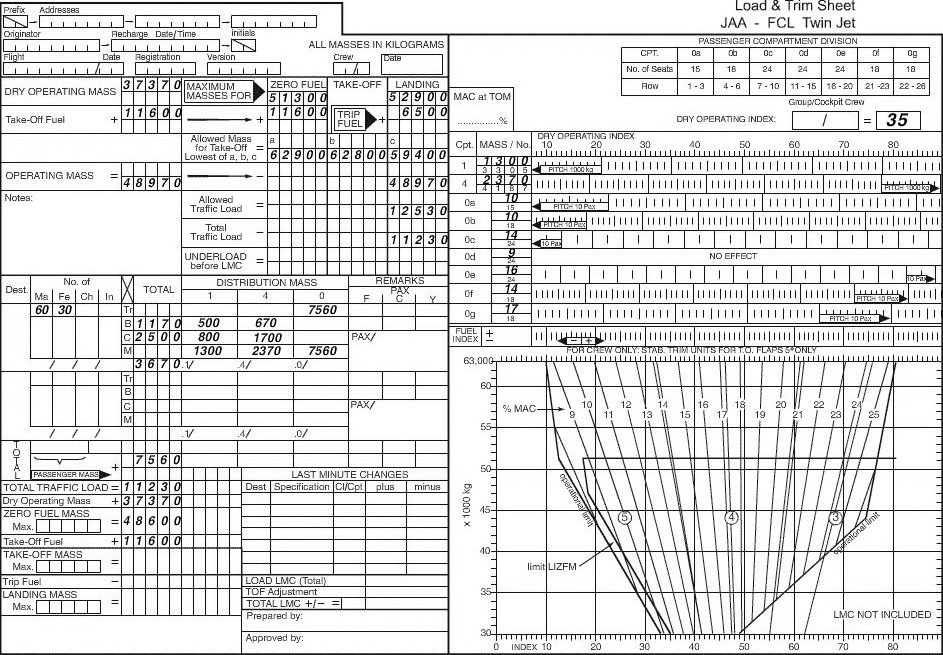 A level of vibration without any unit.
A level of vibration without any unit. The types of sensors used in an engine vibration monitoring system may be .1 ?
Question 42-23 : 1 3 1 2 1 2 3 2
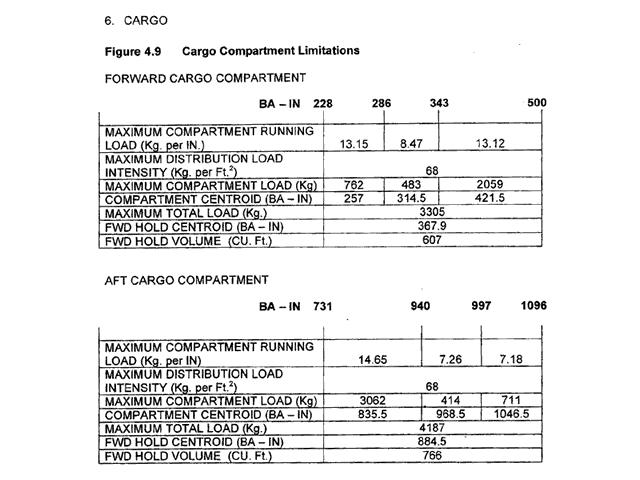 1, 3.
1, 3. On a twin engined aeroplane the synchroscope can consist of ?
Question 42-24 : A rotor fed by the alternator driven by the master engine and a stator fed by the alternator driven by the engine to by synchronised a piezoelectric sensor measuring the vibrations on each engine a computer that mathematically subtracts the rpm of both engines a computer that mathematically subtracts the vibrations of both engines
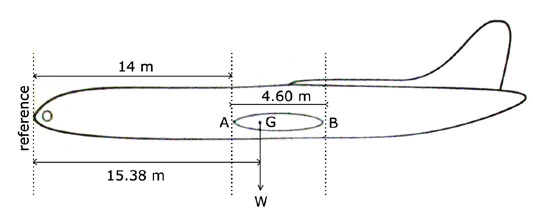 A rotor fed by the alternator driven by the master engine, and a stator fed by the alternator driven by the engine to by synchronised.
A rotor fed by the alternator driven by the master engine, and a stator fed by the alternator driven by the engine to by synchronised. Vibration is indicated in the cockpit as ?
Question 42-25 : A direct reading a frequency proportional to the speed of the motor inversely proportional to the speed of the motor
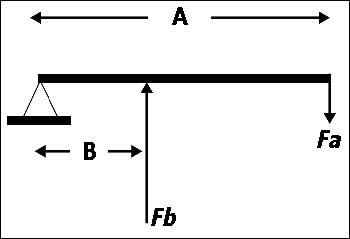 A direct reading.
A direct reading. Given .p = power.t = torque.omega = angular velocity.the correct relationship is ?
Question 42-26 : P = t x omega t = p x omega p = t² x omega t = p / omega
The magnitude of a torque is defined as ?
Question 42-27 : Force times its lever arm force times its moment force times its area force per unit of volume
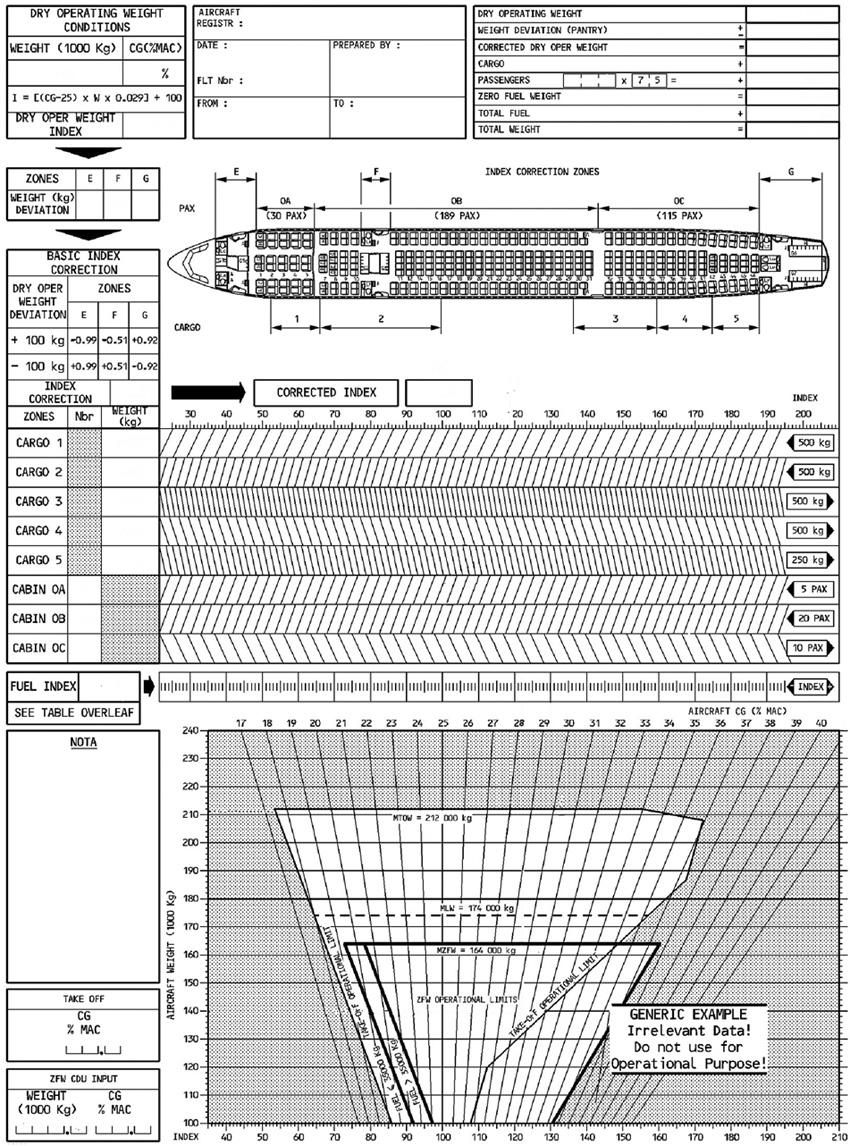 Force times its lever arm.
Force times its lever arm. The operating principle of an electronic torque meter is ?
Question 42-28 : As power is increased the torque shaft twists as power is decreased the torque shaft twists as power increases the torque shaft lengthens as power increases the torsion shaft shrinks
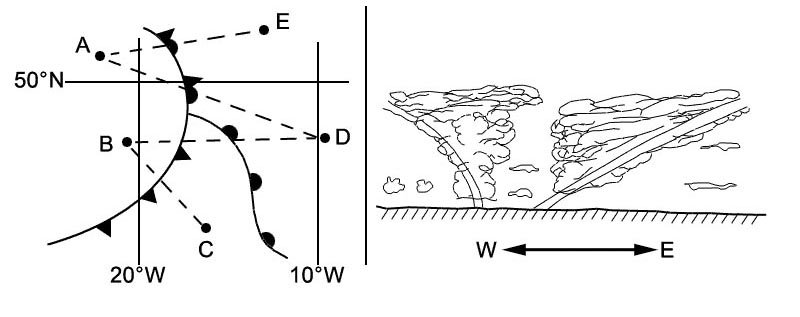 As power is increased, the torque shaft twists.
As power is increased, the torque shaft twists. If the outside temperature at 35 000 feet is 40°c the local speed of sound is ?
Question 42-29 : 595 kt 247 kt 307 kt 686 kt
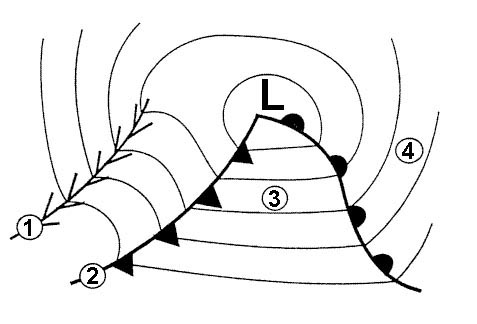 595 kt.
595 kt. The error in altimeter readings caused by the variation of the static pressure ?
Question 42-30 : Position error barometric error instrument error hysteresis effect
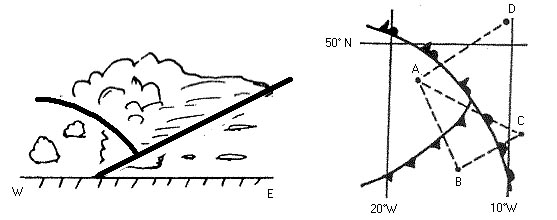 Position error.
Position error. If the static source of an altimeter becomes blocked during a descent the ?
Question 42-31 : Continue to display the reading at which the blockage occurred gradually indicate zero under read indicate a height equivalent to the setting on the millibar subscale
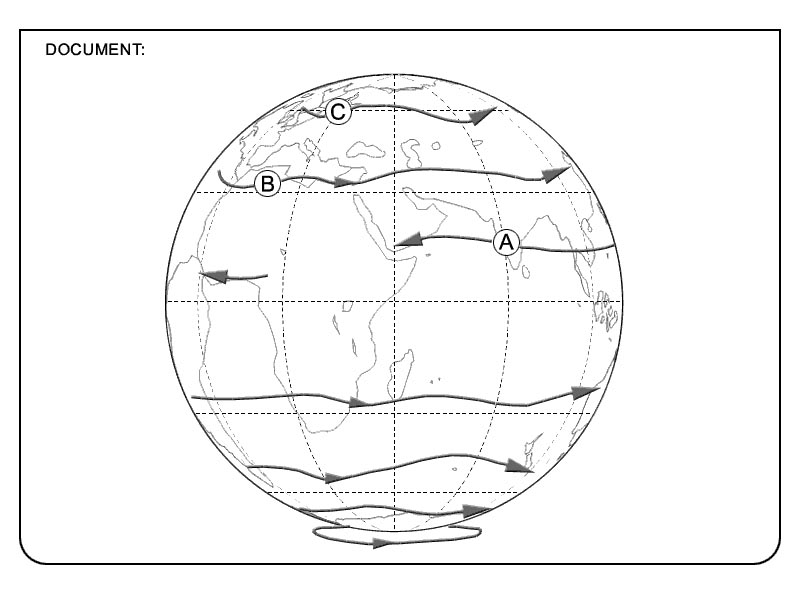 Continue to display the reading at which the blockage occurred
Continue to display the reading at which the blockage occurred If the static source to an altimeter becomes blocked during a climb the ?
Question 42-32 : Continue to indicate the reading at which the blockage occurred over read under read by an amount equivalent to the reading at the time that the instrument became blocked gradually return to zero
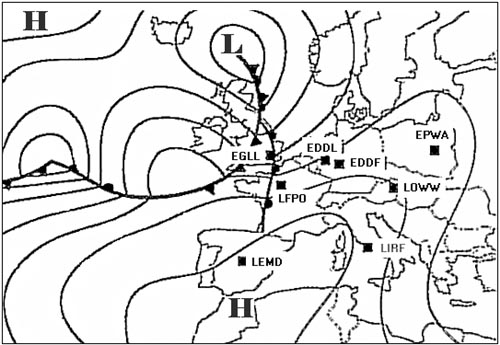 Continue to indicate the reading at which the blockage occurred.
Continue to indicate the reading at which the blockage occurred. If the static source to an airspeed indicator asi becomes blocked during a ?
Question 42-33 : Over read read zero continue to indicate the speed applicable to that at the time of the blockage under read
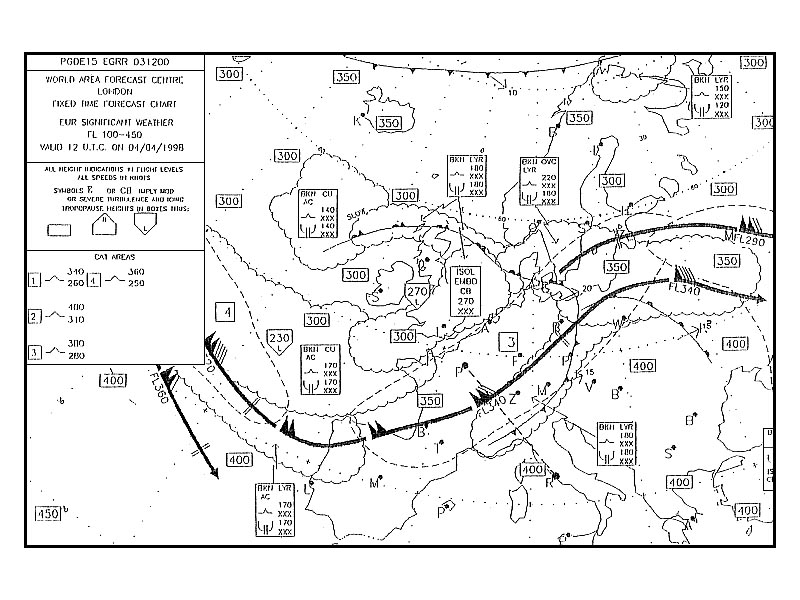 Over-read.
Over-read. A leak in the pitot total pressure line of a non pressurized aircraft to an ?
Question 42-34 : Under read over read over read in a climb and under read in a descent under read in a climb and over read in a descent
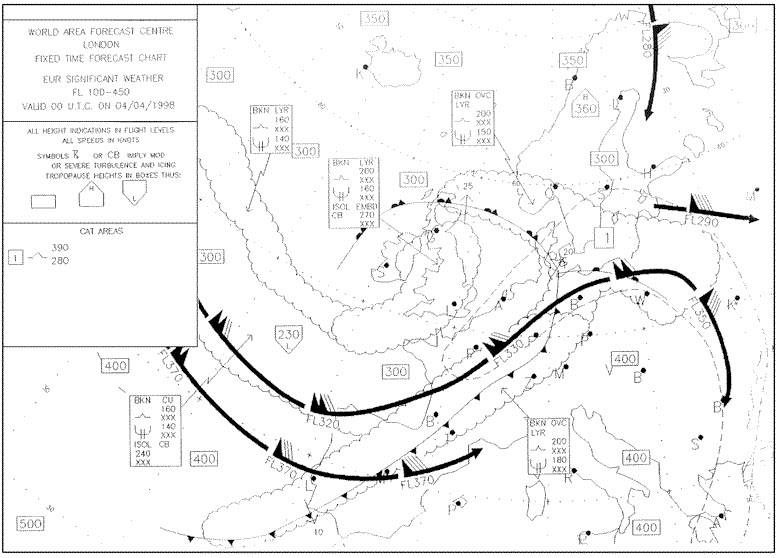 Under-read.
Under-read. Machmeter readings are subject to ?
Question 42-35 : Position pressure error density error temperature error setting error
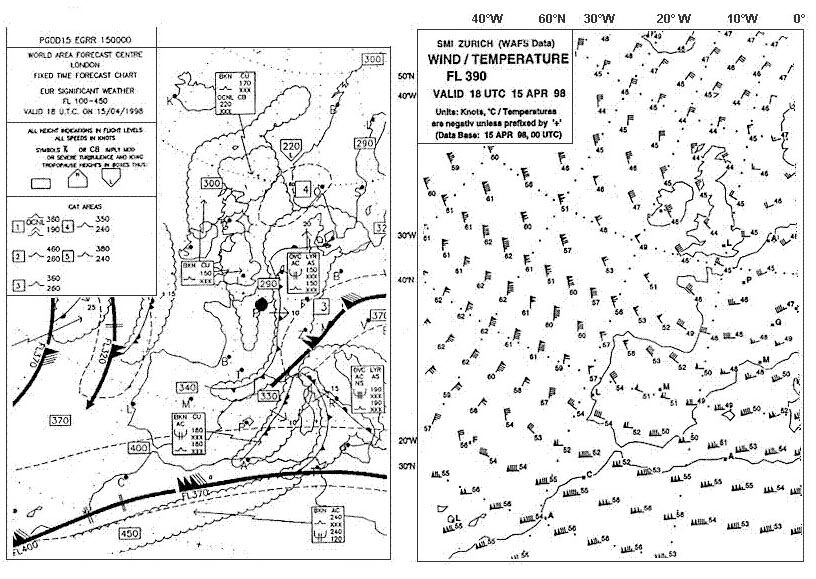 Position pressure error.
Position pressure error. Vno is the maximum speed ?
Question 42-36 : Not to be exceeded except in still air and with caution which must never be exceeded at which the flight controls can be fully deflected with flaps extended in landing position
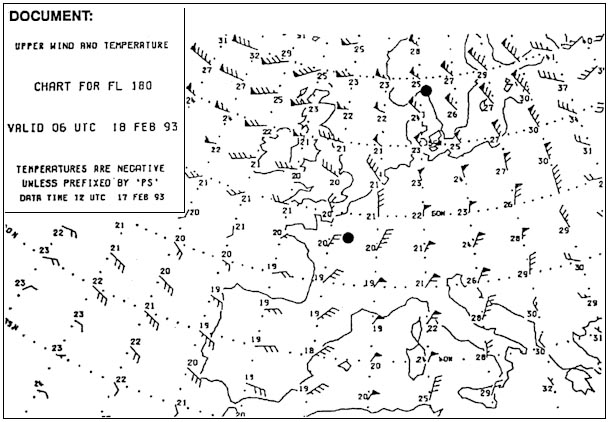 Not to be exceeded except in still air and with caution.
Not to be exceeded except in still air and with caution. Vne is the maximum speed ?
Question 42-37 : Which must never be exceeded not to be exceeded except in still air and with caution at which the flight controls can be fully deflected with flaps extended in landing position
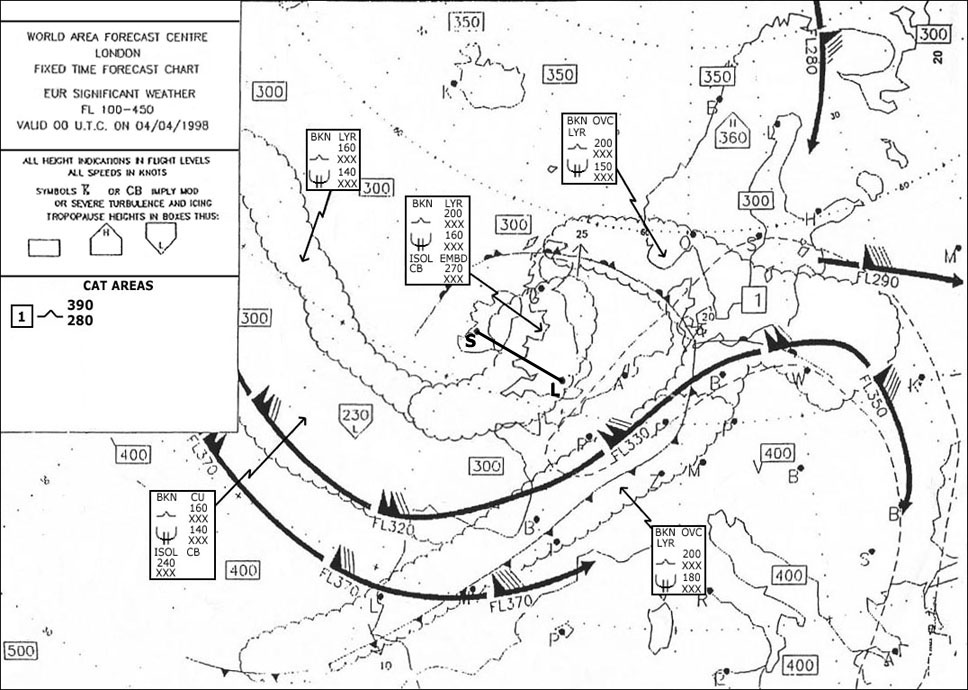 Which must never be exceeded
Which must never be exceeded Vlo is the maximum ?
Question 42-38 : Speed at which the landing gear can be operated with full safety flight speed with landing gear down speed with flaps extended in a given position cruising speed not to be exceeded except in still air with caution
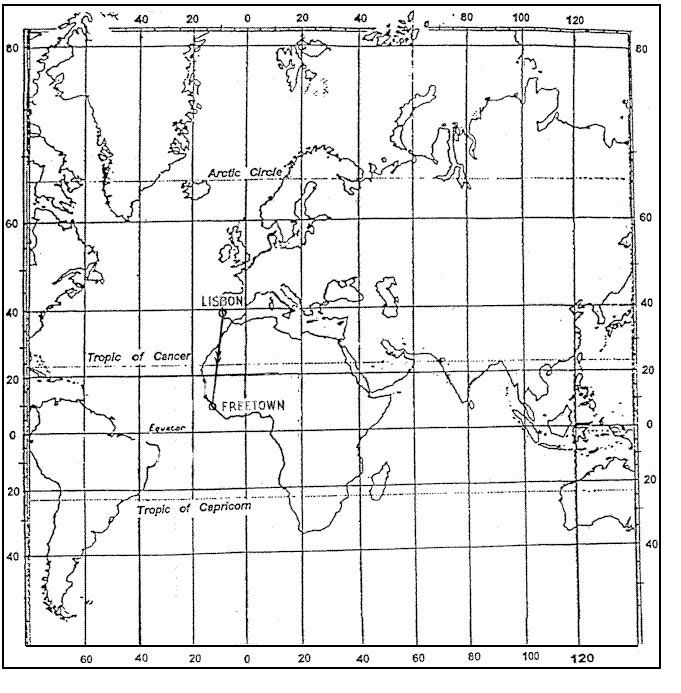 Speed at which the landing gear can be operated with full safety.
Speed at which the landing gear can be operated with full safety. The position error of the static vent on which the altimeter is connected ?
Question 42-39 : Mach number of the aircraft static temperature deformation of the aneroid capsule flight time at high altitude
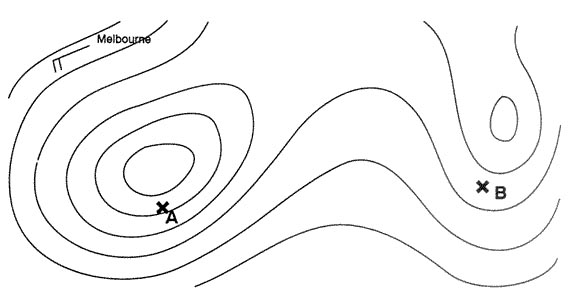 Mach number of the aircraft.
Mach number of the aircraft. The density altitude is ?
Question 42-40 : The altitude of the standard atmosphere on which the density is equal to the actual density of the atmosphere the temperature altitude corrected for the difference between the real temperature and the standard temperature the pressure altitude corrected for the relative density prevailing at this point the pressure altitude corrected for the density of air at this point
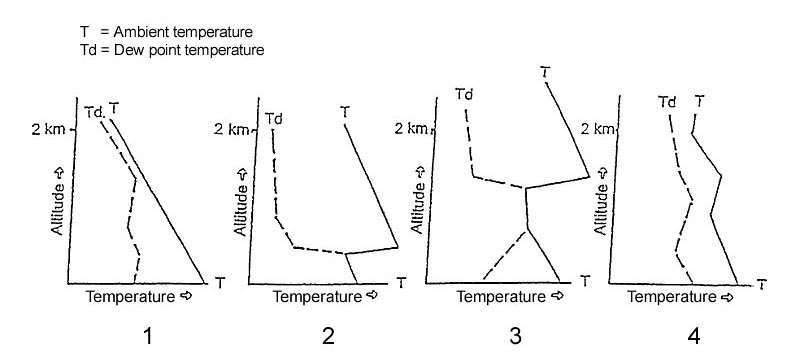 The altitude of the standard atmosphere on which the density is equal to the actual density of the atmosphere.
The altitude of the standard atmosphere on which the density is equal to the actual density of the atmosphere. ~
Exclusive rights reserved. Reproduction prohibited under penalty of prosecution.
1639 Free Training Exam Other source study: Ppl exam examen 42
